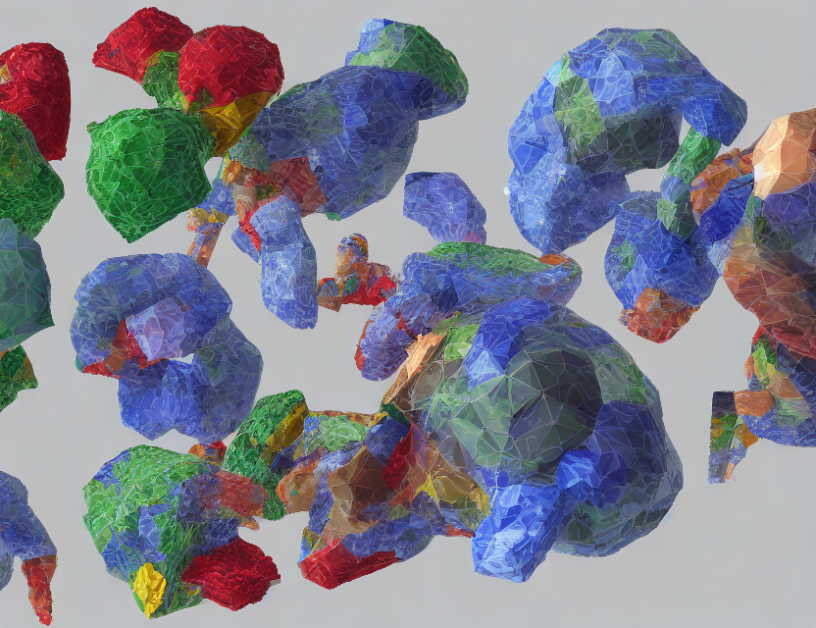In this article, researchers present a novel approach to image recognition called "Parameter-Efficient Transformer Learning" (PETL). The authors aim to improve the efficiency and accuracy of transformer-based models in image classification tasks. They propose several techniques to reduce the number of parameters in the model while maintaining its performance.
Firstly, the authors introduce the idea of spatial, temporal, and joint adaptation, which enhances spatiotemporal reasoning in image models. They demonstrate that incorporating these adaptations into the model can significantly improve its performance.
Next, they explore other PETL techniques, such as LoRA [22], V-PETL [56], and SAN [52]. LoRA inserts learnable low-rank matrices into the self-attention block of Transformer to reduce parameters, while V-PETL extends the parameters of prefix tuning from randomly initialized to input associated. SAN uses shortcut connections from backbone networks to make predictions.
Finally, the authors propose a weight inflation strategy to transition pre-trained Transformers from a 2D to a 3D context, preserving the advantages of both transfer learning and depth of information. They show that this approach can achieve state-of-the-art performance in image recognition tasks while reducing the number of parameters in the model.
In summary, PETL is a novel approach to image recognition that focuses on reducing the number of parameters in transformer-based models while maintaining their accuracy. The authors propose several techniques to achieve this goal, including spatial, temporal, and joint adaptation, as well as other PETL techniques such as LoRA, V-PETL, and SAN. By transitioning pre-trained Transformers from a 2D to a 3D context using weight inflation, the authors demonstrate that PETL can achieve state-of-the-art performance in image recognition tasks while reducing the number of parameters in the model.
Computer Science, Computer Vision and Pattern Recognition
Efficient and Accurate Medical Image Segmentation through Visual Prompt Tuning



